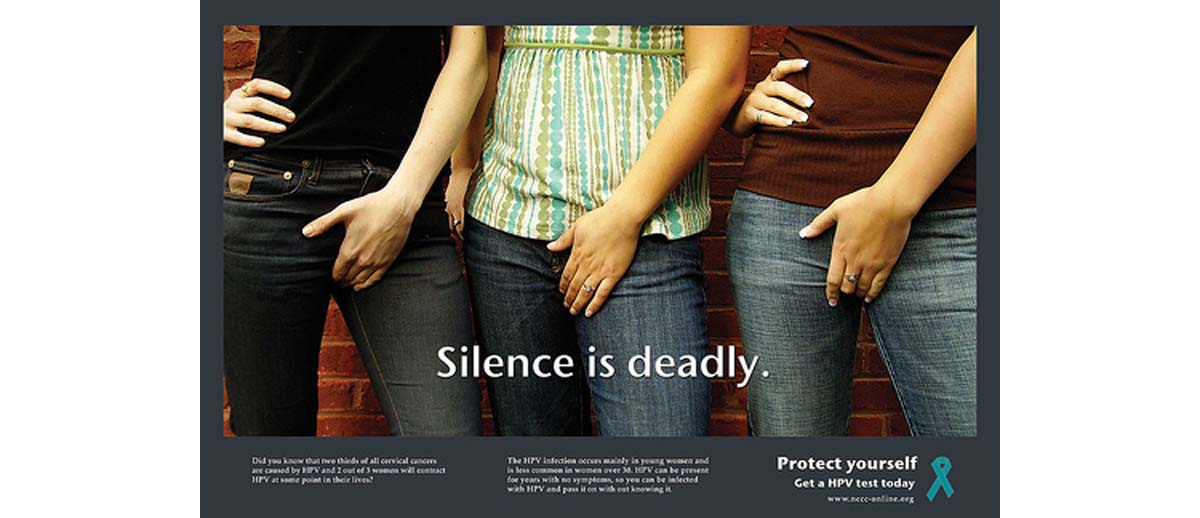Table of Contents
Every year in the United States about 7 women per 100,000 are diagnosed with cervical cancer. In Africa and South America, that number climbs to 53 women per 100,000.
In the United States, doctors perform Pap smears to identify women who may need the acetic acid test on a future appointment to locate pre-cancerous lesions. In Thailand, nurses start with the acetic acid test and remove suspicious spots at the same visit. Since household vinegar is approximately 3% acetic acid, they do not need any special diagnostic supplies. If white spots are noticed, the nurse freezes them with a metal probe cooled with dry ice.

No woman is going to be able to use this technique on herself. And because the technique relies on visual inspection without magnification, the nurses who do the vinegar test will miss pre-cancerous lesions that are not large enough to see with the naked eye. Colposcopy catches pre-cancer at an earlier stage. There really are advantages of modern medicine—but the vinegar test followed by dry ice treatment is an enormous improvement over no treatment at all.
However, cervical cancer can also be caused by HPV strains 33, 45, 52, 53, and 65. Epidemiologists estimate that vaccinating 100% of girls before their first sexual experience would result in a 91% reduction in cervical cancer, due to the fact that many more strains of HPV also can cause cancer.
The good news from Thailand that applies to women all over the world is that the key to avoiding cervical cancer is not sophisticated laboratory diagnosis or HPV vaccination. It's follow-up. Women who get visible lesions treated in time don't get cancer. Don't delay the treatment you need.

Medical workers do not have to wait weeks to get lab results, and they do not have to track down women who need follow-up care for potential cervical cancer. Everything is taken care of in a single visit without need for social workers or a sophisticated pathology lab. But those are not the only advantages of this simple medical procedure:
- The vinegar test is more accurate than a Pap smear, although more women who do not actually have pre-cancerous lesions of the cervix will test positive.
- There are no painful biopsies. If pre-cancer is suspected, the spot is removed.
- Recovery time is much shorter. Women experience minor discomfort for a day or two with the dry ice treatment, while they may have significant discomfort from colposcopy and follow-up treatment in a Western medical center.
READ The Ten Most Common Cervical Cancer Myths
In Roi Et province in Thailand, where Dr. Wachara Eamratsameekool helped pioneer the procedure, not a single woman of the 6,000 tested and found to have pre-cancerous changes of the cervix has gone to have cervical cancer. The test and treatment cost less than $5.Can You Do This At Home?
In Thailand, nurses are given flash cards to help them memorize the appearance of treatable cervical conditions, and practice performing dry ice therapy on hot dogs placed inside pipes before going out to village clinics to treat real women. If the procedure is this simple, could anybody do it?No woman is going to be able to use this technique on herself. And because the technique relies on visual inspection without magnification, the nurses who do the vinegar test will miss pre-cancerous lesions that are not large enough to see with the naked eye. Colposcopy catches pre-cancer at an earlier stage. There really are advantages of modern medicine—but the vinegar test followed by dry ice treatment is an enormous improvement over no treatment at all.
Would HPV Vaccine Make This Test Unnecessary?
Americans hear a great deal about HPV vaccination to prevent cervical cancer, especially since presidential candidate and Texas governor Rick Perry ordered HPV vaccinations for all Texas girls in middle school (after his former aide was paid $1.3 million by the vaccine makers). The Gardasil vaccine offers protection against four different strains of HPV, 6, 11, 16, and 18.However, cervical cancer can also be caused by HPV strains 33, 45, 52, 53, and 65. Epidemiologists estimate that vaccinating 100% of girls before their first sexual experience would result in a 91% reduction in cervical cancer, due to the fact that many more strains of HPV also can cause cancer.
The good news from Thailand that applies to women all over the world is that the key to avoiding cervical cancer is not sophisticated laboratory diagnosis or HPV vaccination. It's follow-up. Women who get visible lesions treated in time don't get cancer. Don't delay the treatment you need.
- Hasanzadeh M, Esmaeili H, Tabaee S, Samadi F. Evaluation of visual inspection with acetic acid as a feasible screening test for cervical neoplasia. J Obstet Gynaecol Res. 2011 Jul 27. doi: 10.1111/j.1447-0756.2011.01614.x. [Epub ahead of print]
- Photo courtesy of kwdesigns on Flickr: www.flickr.com/photos/kwdesigns/738928049/

